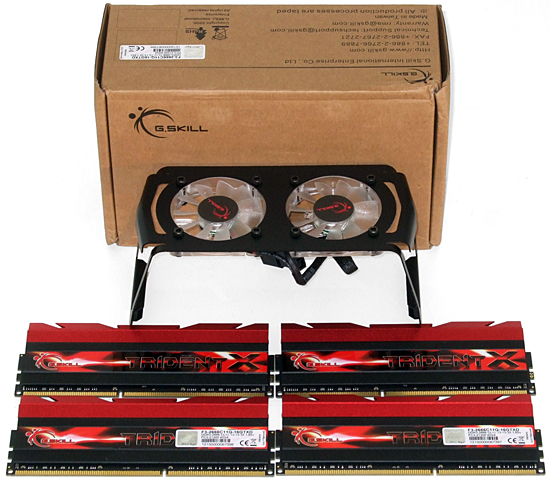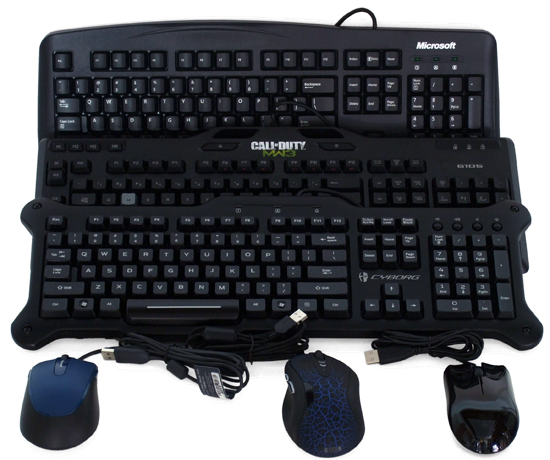Seven Sub-$160 Z77 Express Motherboards, Reviewed
Intel’s LGA 1155 interface is designed for mainstream buyers, yet the firm’s Ivy Bridge-based processors put it in the performance spotlight. We compare seven Z77 Express motherboards that deliver enthusiast-class performance at mainstream prices.
Benchmark Settings And Peripheral Compatibility Testing
| Test System Configuration | |
|---|---|
| CPU | Intel Core i7-3770K (Ivy Bridge): 3.50 GHz, 8 MB Shared L3 Cache, LGA 1155 |
| CPU Cooler | Thermalright MUX-120 w/Zalman ZM-STG1 Paste |
| RAM | G.Skill F3-17600CL9Q-16GBXLD (16 GB) DDR3-2200 at DDR3-1600 CAS 9, 1.60 V |
| Graphics | Nvidia GeForce GTX 580 1.5 GB 772 MHz GPU, GDDR5-4008 |
| Hard Drive | Samsung 470 Series 256 GB, SATA 6Gb/s SSD |
| Sound | Integrated HD Audio |
| Network | Integrated Gigabit Networking |
| Power | Seasonic X760 SS-760KM ATX12V v2.3, EPS12V, 80 PLUS Gold |
| Software | |
| OS | Microsoft Windows 7 Ultimate x64 |
| Graphics | Nvidia GeForce 296.10 WHQL |
| Virtu MVP | Version 2.1.114, GPU Virtualization, HyperFormance, No Virtual Vsync, where applicable |
| Chipset | Intel INF 9.3.0.1019 |
While G.Skill’s F3-17600CL9Q-16GBXLD provides the default DDR3-1600 CAS 9 settings we want for benchmarks, it’s no longer fast enough to push the limits of today’s best memory controllers. The firm provided a set of its F3-2666C11Q-16GTXD Trident X DDR3-2666 specifically to extend our overclocking capabilities.
We’re shifting focus towards features in this month’s comparison, and one of the features we noticed lacking was the ability of some manufacturers to support certain peripherals in firmware (or DOS mode). We purchased keyboards and mice from Microsoft and Logitech, plus a Saitek keyboard and Razer mouse, to verify this problem.
The good news is that ASRock, Asus, and MSI supported all combinations of hardware through both Windows and UEFI, which is important when certain UEFI features are accessible only via mouse.
This version of Gigabyte’s Z77X-D3H firmware didn’t fare as well, with the Razer mouse moving very slowly and clicking inconsistently. It was possible to use it for UEFI configuration, but doing so took much patience.
Biostar’s TZ77XE3 had trouble with the Logitech mouse; the cursor would move vertically, but not horizontally.
ECS and Intel exhibited both problems, with the Razer mouse movement becoming so unpredictable that sometimes the cursor moved backwards. The issue was somewhat amusing on the Intel platform, since this problem occurred only after we updated its UEFI.
The reason for the DZ77SL-50K’s regressive compatibility is that we were forced to go backwards with its firmware. Our rules for participation specifically stated that all firmware must be available for public download, and the version Intel delivered on its sample was not. This rule was intended to prevent cheating, as some of its manufacturing partners have accused each other of optimizing firmware for specific review configurations.
Get Tom's Hardware's best news and in-depth reviews, straight to your inbox.
| Benchmark Configuration | |
|---|---|
| 3DMark 11 | Version 1.0.1.0, Benchmark Test Only, Virtu MVP Enabled Entry, Performance, and Extreme Presets |
| PCMark 7 | Version 1.0.4, PCMark, Productivity, Storage Suites Intel SATA Driver, Intel RST Monitor Installed |
| SiSoftware Sandra | Version 2011.10.17.80 CPU Arithmetic, Multi-Media, Memory Bandwidth benchmarks |
When testing products of different technology, a real-world benchmark set helps us determine real-world performance differences. Yet, today’s boards use the same technology, and synthetics are more useful for finding the cause of performance deficits. Performance parity between all properly-design Z77 motherboards has forced us to look for problems rather than solutions.
Current page: Benchmark Settings And Peripheral Compatibility Testing
Prev Page Z77A-G45 UEFI Next Page Benchmark Results: 3DMark 11

